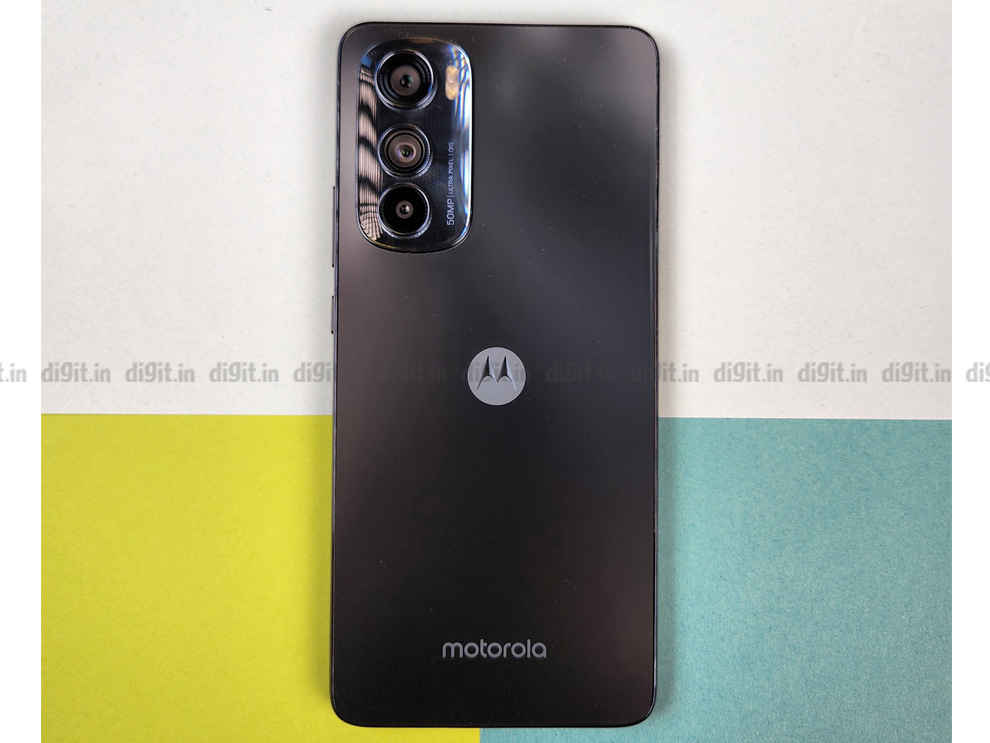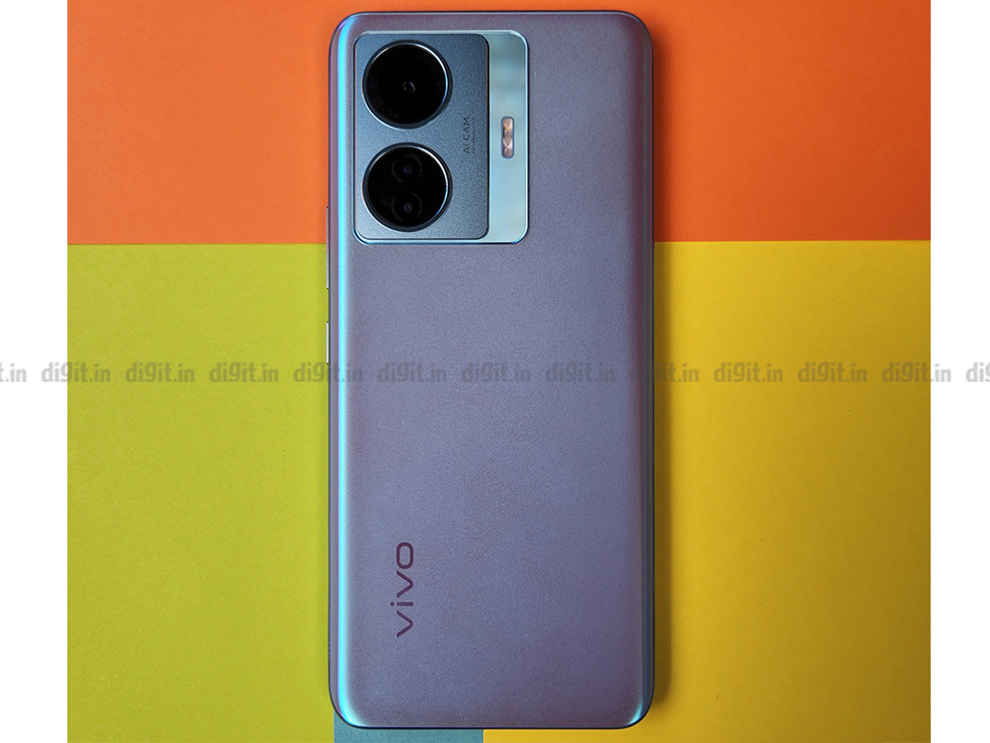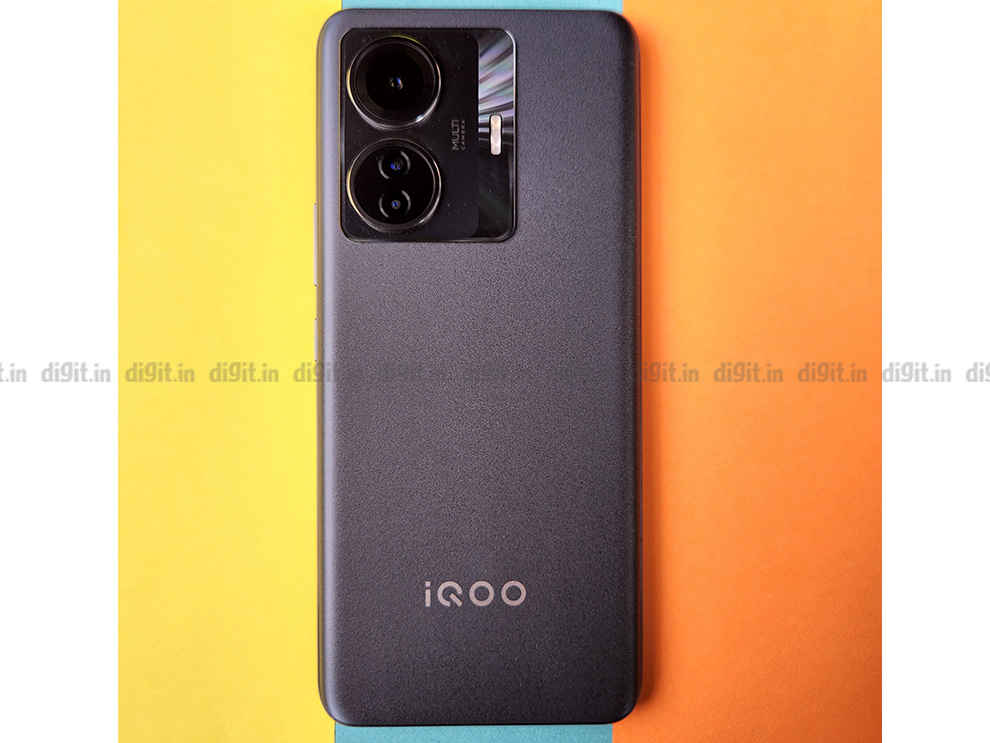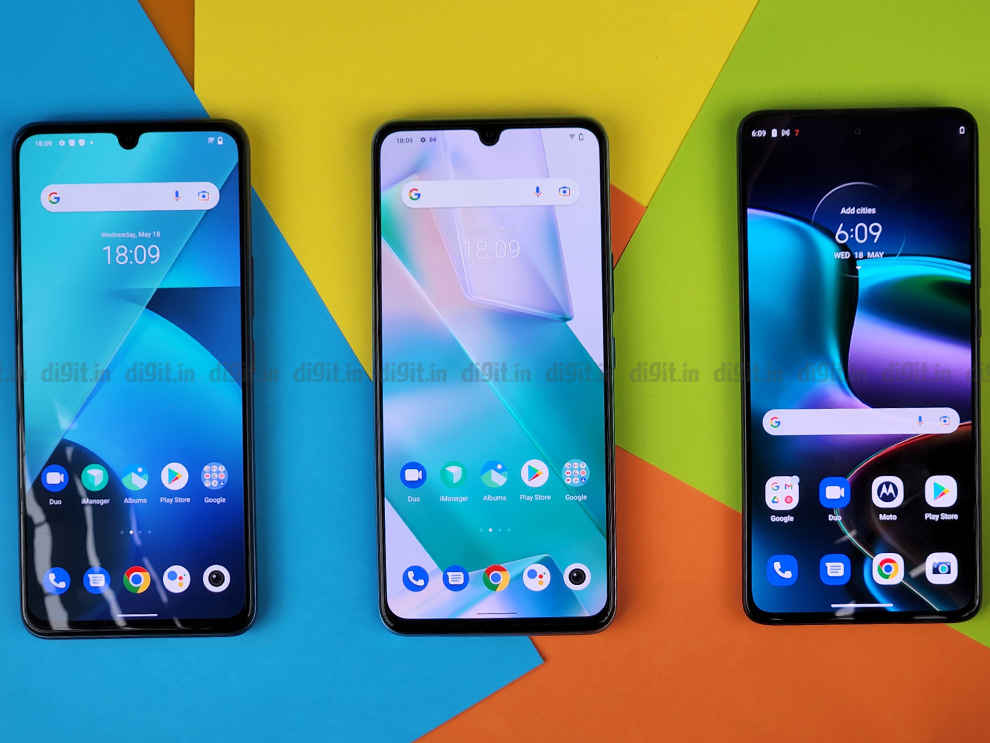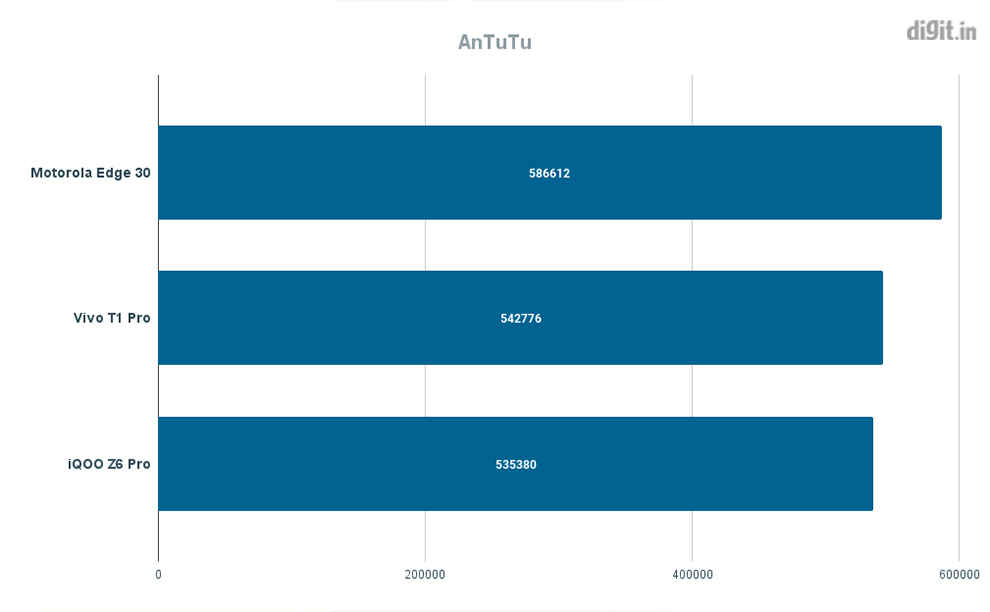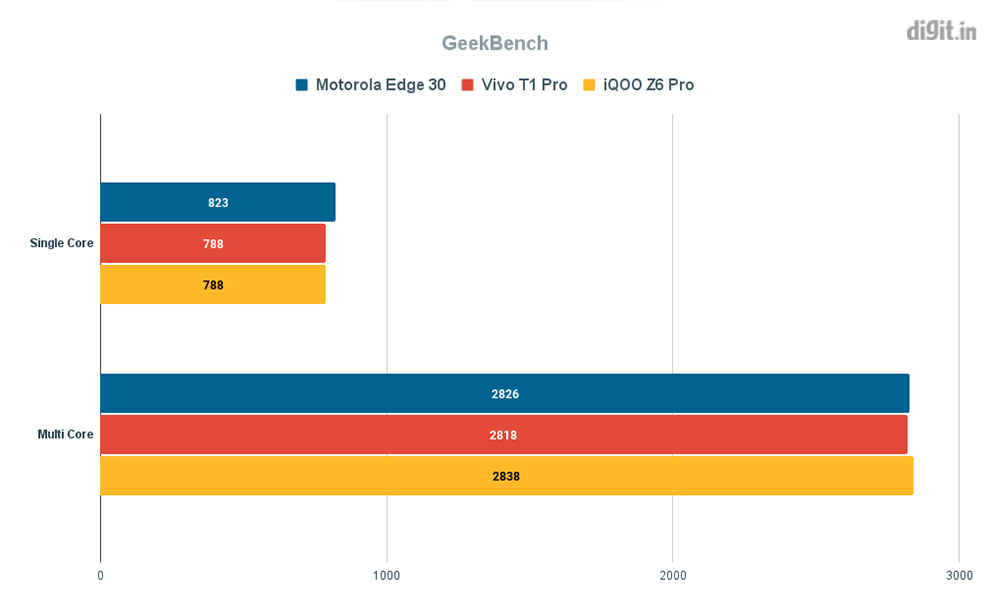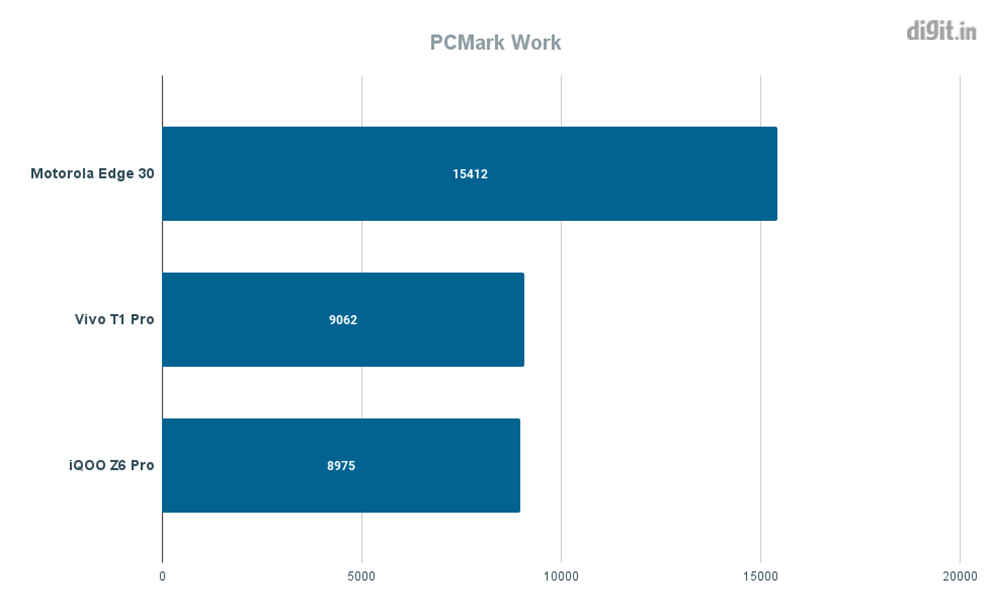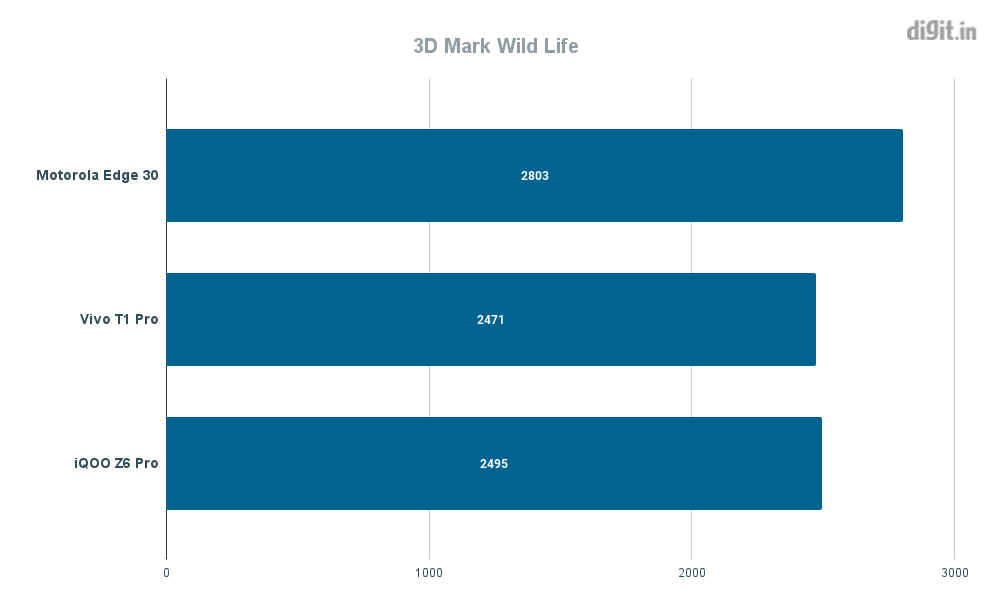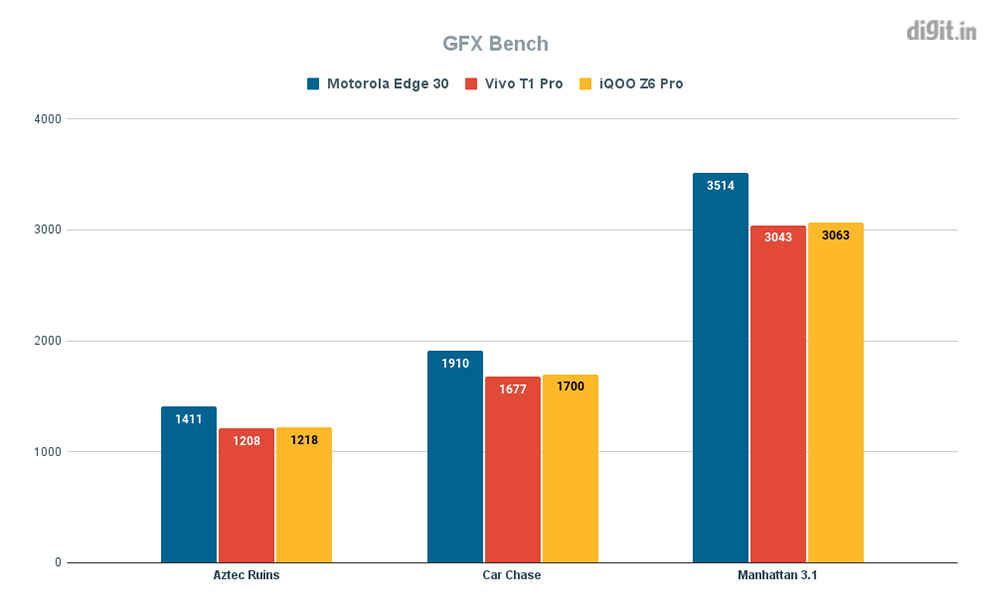Motorola Edge 30 (Snapdragon 778G Plus) vs iQOO 6 Pro and Vivo T1 Pro (Snapdragon 778G) Gaming and Performance Comparison
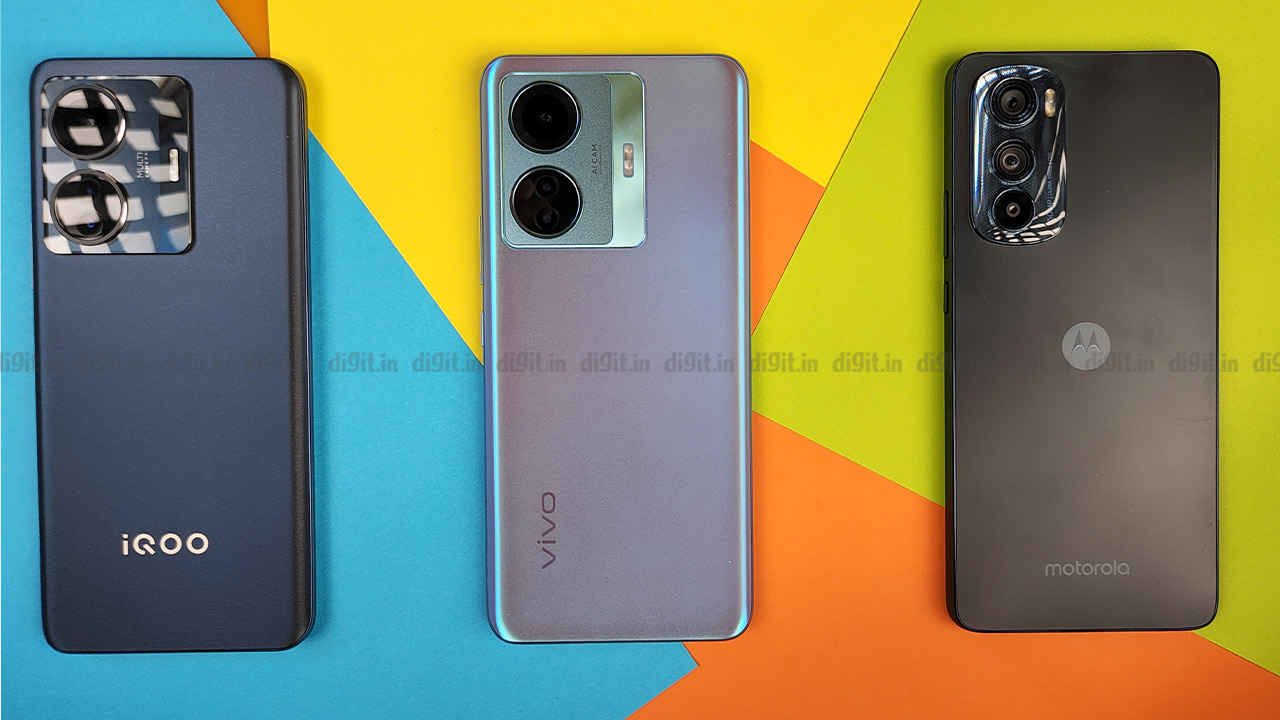
The Qualcomm Snapdragon 778G is a powerful mid-range processor capable of handling demanding tasks and intensive mobile games. The SoC has been utilised in a number of mid-range smartphones, and has generally, proven to be a solid performer in the mid-range segment of Qualcomm processors. Now, the Qualcomm Snapdragon 778G Plus processor has entered the market and there are a number of smartphones on the horizon that will be utilising this processor. However, the question that arises when you’re looking to purchase a mid-range smartphone is – how much of a difference does the Plus variant make when it comes to sheer performance, be it benchmarks, gaming, or day to day usage.
We have spent hours testing out these phones and today we bring you a comparison between the Qualcomm Snapdragon 778G Plus and the Qualcomm Snapdragon 778G. For the comparison, we have pitted the Vivo T1 Pro and iQOO 6 Pro with the Snapdragon 778G SoC vs the newly-launched Motorola Edge 30 with the Snapdragon 778G Plus SoC. Before we delve into the comparison, let’s take a quick look at the specs of each phone.
Motorola Edge 30 Specifications
The Motorola Edge 30 is powered by the Qualcomm Snapdragon 778G Plus SoC and is the first smartphone in India to house this chipset. This is a 5G chipset, so naturally, it would help future-proof your purchase if 5G rolls out in India in a couple of years. The phone comes with 6 / 8 GB LPDDR5 RAM and 128 GB internal storage. As for the display, you get a 6.5-inch pOLED panel with 144 Hz refresh rate and HDR10+ support. The display is topped with Gorilla Glass 3 to protect against accidental drops.
The phone houses a modest 4,020 mAh battery that can be powered up via a 33 W charger. The phone comes with Android 12 out of the box with the MyUX skin on top, however, the UX provides a stock Android-like experience. You get a 50 MP primary lens paired with another 50 MP ultrawide sensor and a 2 MP depth lens. For selfies, Motorola has provided a 32 MP shooter. Other features include a side-mounted fingerprint sensor, a USB-C 2.0 port, IP52 dust and splash resistance, and Bluetooth v5.2.
The phone is extremely lightweight, weighing merely 155g, making it one of the lightest, if not the lightest, smartphones on the market. The back is made up of PMMA and has a matte finish that is quite resistant to fingerprints.
Vivo T1 Pro Specifications
Powering the Vivo T1 Pro is the Qualcomm Snapdragon 778G SoC, a tried-and-tested veteran when it comes to powerful mid-range SoCs. This is a 5G processor as well. The Snapdragon 778G is paired with 6 / 8 GB RAM and 128 GB internal storage. Moving on to the display, you get a 6.44-inch AMOLED display with a resolution of 1080 x 2404 pixels. There’s no fast refresh rate support but you do get HDR10+ support. The company hasn’t mentioned the glass that is protecting the display, but we will attempt to contact the company and update the article.
Fueling the device is a pretty sizable 4,700 mAh battery complete with 66 W Fast Charging support. According to Vivo, the device can charge from 0-50 per cent in just 18 minutes. The phone ships with Android 12 with FuntouchOS 12 on top. As for the optics, the phone houses a 64-megapixel primary sensor supported by an 8 MP ultrawide shooter and a 2 MP macro lens. For selfies, you get a 16 MP sensor. Other features include an under-display optical fingerprint sensor, a USB Type-C 2.0 port, and Bluetooth v5.2.
The Vivo T1 Pro has a pretty lightweight body as well, weighing 180g. The phone comes with a plastic frame and plastic back with a matte texture and an iridescent look.
iQOO 6 Pro Specifications
The iQOO 6 Pro bears many similarities to the Vivo T1 Pro save for a few differences such as refresh rate. The phone is powered by the Qualcomm Snapdragon 778G processor paired with 6 / 8 / 12 GB RAM and 128 or 256 GB internal memory. You also get 4GB expandable RAM or virtual RAM. The phone has liquid cooling as well for keeping the thermals in check. The display is a 6.44-inch AMOLED panel with a resolution of 1080 x 2404, the same as the Vivo T1 Pro. The difference is 90 Hz refresh rate support, which is absent on the Vivo.
The device houses a 4,700 mAh battery with 66 W fast charging. The phone comes with Android 12 with Funtouch OS 12 on top. Moving on to the cameras, you get a triple camera array headlined by a 64-megapixel primary lens, an 8 MP ultrawide sensor, and a 2 MP macro shooter. For selfies, there’s a 16 MP shooter. Other features include an under-display optical fingerprint sensor, Bluetooth v5.2, and a USB Type-C 2.0 port.
The device weighs 180g and feels pretty ergonomic in hand. The back is made out of plastic with a matte texture. The phone is targeted at gamers, so it comes with a Z-axis linear motor that provides 4D game vibrations simulating gunshots and other elements when gaming.
Motorola Edge 30 vs iQOO 6 Pro vs Vivo T1 Pro: Gaming and Performance Comparison
We pitted the Motorola Edge 30 against the iQOO 6 Pro and the Vivo T1 Pro to figure out how much of a difference the Plus variant of the Snapdragon 778G makes in gaming and performance.
The Motorola Edge 30 is powered by the Qualcomm Snapdragon 778G Plus SoC that has an 8-core CPU with one Cortex A-78 core running at 2.5 GHz, three Cortex-A78 cores running at 2.2 GHz, and four Cortex A-55 cores running at 1.9 GHz. The Vivo T1 Pro and the iQOO 6 Pro, on the other hand, are powered by non-Plus Snapdragon 778G SoC. This houses an octa-core CPU with one Cortex-A78 core running at 2.4 GHz, three Cortex A-78 cores running at 2.2 GHz and four Cortex A-55 cores running at 1.9 GHz.
We tested out all three phones for over a week and the results were pretty interesting, in some areas, and what we expected, in others.
Let’s delve into the benchmarks first. In AnTuTu, the Motorola Edge 30 takes the win with a score of 586612 while the Vivo T1 Pro and the iQOO Z6 Pro scored 542776 and 535380 respectively. In Geekbench 5, the Motorola Edge 30 takes the lead once again in the Single-Core test but surprisingly performs similarly to the other two phones in the Multi-Core test. So, while single-core performance has been a good enough boost, multi-core processes will be handled about the same on the Snapdragon 778G Plus.
In PCMarkWork, the Motorola Edge 30 scored a whopping 15412 points and we can see a performance improvement of approximately 70 per cent compared to the Vivo T1 Pro and iQOO Z6 Pro. So, it’s safe to assume that there is a good enough boost in productivity tasks such as web browsing, photo editing, and others.
In the CPU Throttling Test, the Motorola Edge 30 throttled to 88 per cent of its maximum performance in 30 minutes, while the iQOO Z6 Pro throttled to 85 per cent and the Vivo T1 Pro throttled to 86 per cent in the same time frame. So, the performance pretty much sustains itself to a decent level over time.
Moving on to GPU tests, the Motorola Edge 30 came out on top once again by a considerable margin. In GFXBench, once again the Moto Edge 30 reigned supreme scoring 1411 in Aztec Ruins, 1910 in Car Chase and 3514 in Manhattan 3.1. The other two phones while not too far behind, do indicate a healthy enough generational gap.
We also played a few games on all three smartphones to test out their gaming chops. In Call of Duty: Mobile, the Motorola Edge 30 and the Vivo T1 Pro both gave us 60 fps with 92 per cent stability in GameBench Pro. The iQOO Z6 ran COD: Mobile at 60 fps at 91 per cent stability, so there’s no real difference between the three when it comes to playing graphically-intensive games such as Call of Duty: Mobile. In fact, when we ran Asphalt 9 Legends the Motorola Edge 30 only ran at 30 fps while both the Vivo T1 Pro and iQOO Z6 Pro were around the 60 fps mark.
Benchmarks aside, in real life, you can’t really discern the performance difference between the Snapdragon 778G Plus Motorola Edge 30 and the Snapdragon 778G Vivo T1 Pro and iQOO Z6 Pro. However, the Motorola Edge 30 does come with 144 Hz refresh rate support which makes actions such as scrolling and flicking between screens feel much smoother, improving the overall experience. But that doesn’t concern the chipset used in the device at all. Overall, all three phones are more than adept at handling day-to-day tasks such as social media, web surfing, calling, texting, and more with absolute ease. The gaming experience is almost identical on all three smartphones. So if you’re a gamer considering purchasing one of these phones, rest assured that the non-Plus Snapdragon 778G phones will not provide a less refined experience than the Moto Edge 30 with the Plus variant.
Verdict: Which phone should you purchase?
While the Motorola Edge 30 with the new Qualcomm Snapdragon 778G Plus processor does show a marked improvement over the Vivo T1 Pro and the iQOO Z6 Pro (with the Snapdragon 778G SoC) in most benchmarks, all three phones provide extremely similar performance in day-to-day tasks and gaming. In fact, the Motorola Edge 30 runs Asphalt 9 at only 30 fps while the other two manage to stay close to 60 fps. Hopefully, with future updates, the Motorola Edge 30 will also be able to run the game at around 60 fps.
For other use cases, the performance offered is pretty much on par regardless of the processor in the phone. However, since the Motorola Edge 30 does come equipped with a 144 Hz refresh rate display, simple actions such as scrolling and flicking between screens feel much more smooth and seamless. The phones are priced in and around the 25K price point, so the performance to value for money ratio is pretty much similar on all three phones. Overall, what would determine which of these phones you pick is other factors such as cameras, battery life and design. Nevertheless, if you are worried about performance alone, you will not be getting the short end of the stick with any of these smartphones when you’re gaming, editing photos, surfing social media, and more.
Dhriti Datta
Perpetually sporting a death stare, this one can be seen tinkering around with her smartphone which she holds more dear than life itself and stuffing her face with copious amounts of bacon. View Full Profile


